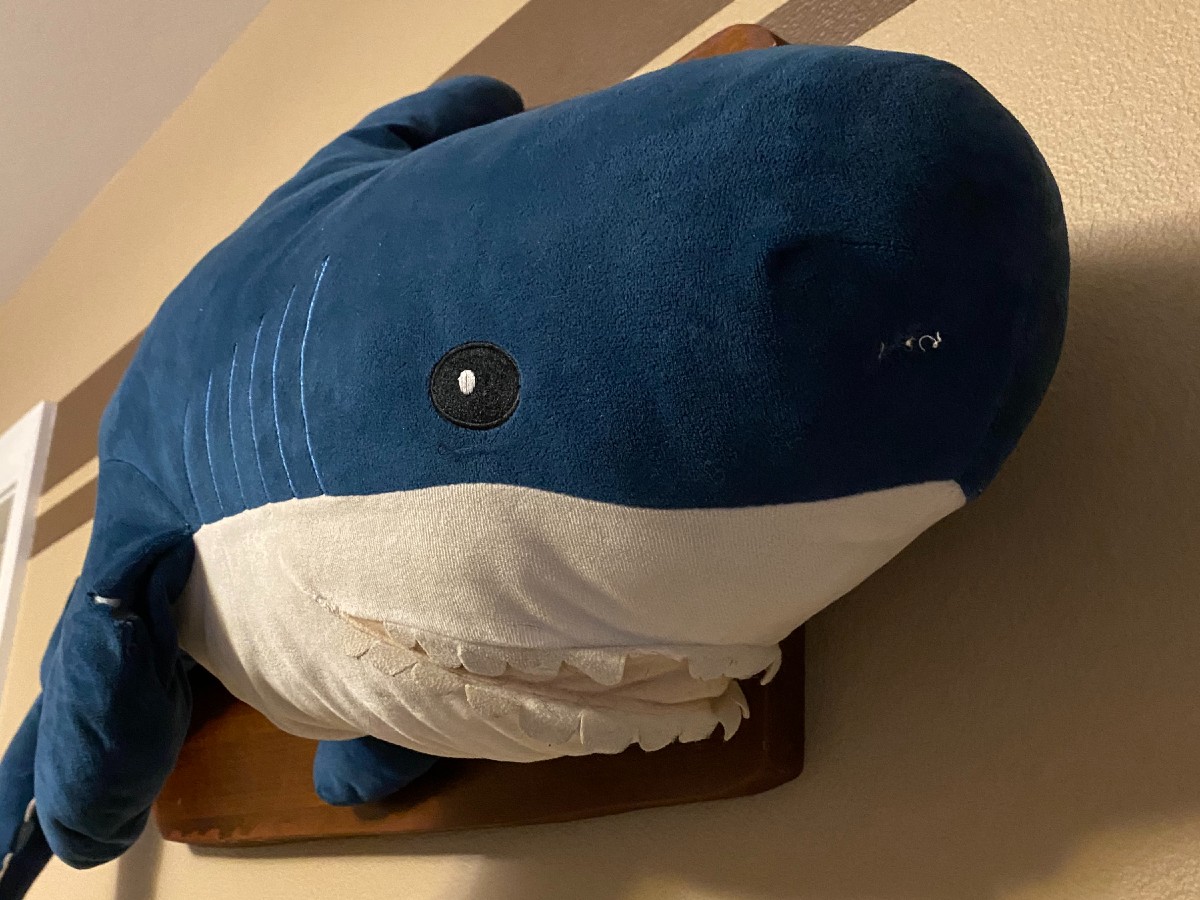
Below that are "High Street" galleries-artists rejected by or not yet ready for mainstream galleries and artists cooperatives. A recent Harvard Business Review article discussed this phenomenon and why it was good thing for those industries, and why outsourcing was therefore bad.) A mainstream gallery is likely to be where an art career really begins.

(This is yet another example of the clustering of particular industries and trades in certain geographic locations, despite globalization and the internet. But Thompson writes, better to be the 50th gallery in New York and to be number one in Baltimore. I think something like the McClain Gallery in Houston would count. The most successful of these are still in art capitals like New York, London, Los Angeles, or Berlin, but they can exist anywhere. Next are what he calls mainstream dealers. They exist primarily in New York and London, with subsidiary locations (or reciprocal arrangements with mainstream dealers in secondary markets). Think of the Gagosian Gallery or White Cube. The only dealers that add to the price of a super-expensive piece of art are dealers he calls "branded" dealers. He concentrates on the values added by dealers, auction houses, and, yes, collectors. Thompson touches on this, but the main thrust is where the artwork itself gets value before someone buys it. So at least some of it went towards status building-hence buying expensive art, or high-profile philanthropy. Or that hedge fund managers in the 90s and 00s had gathered a huge quantity of wealth that had to go somewhere. He doesn't talk about the fact that money needs to go somewhere-that Japan in the 80s had excess money that could not be spent on rational investments (because all the rational investments had been made), so Japanese would spend insane amounts for real estate or artwork. Right off the bat, it must be said that Thompson looks almost exclusively on the supply side of art values.

The source of high prices has always been mysterious, and The $12 Million Stuffed Shark: The Curious Economics of Contemporary Art by Don Thompson doesn't necessarily provide a complete answer. The value of artworks has long been a fascination, especially since the 80s when auction prices went crazy (think of the Japanese collectors paying tens of millions for Impressionists and Van Gogh). I have been mentioning this book in recent posts, whenever talking about values of art.


 0 kommentar(er)
0 kommentar(er)
